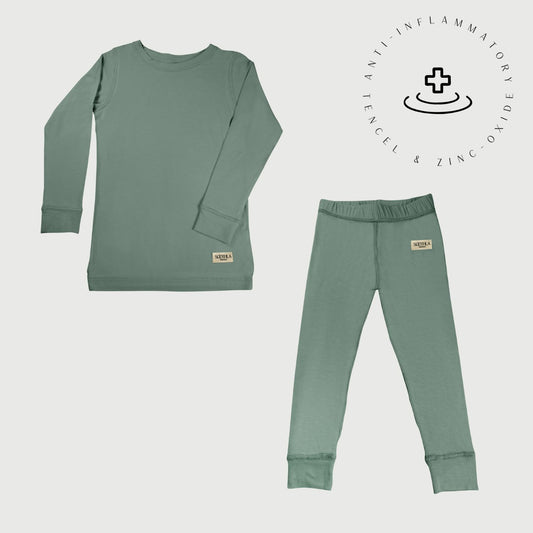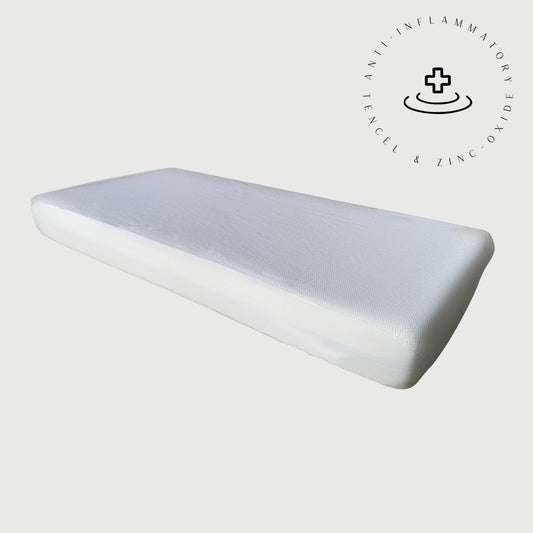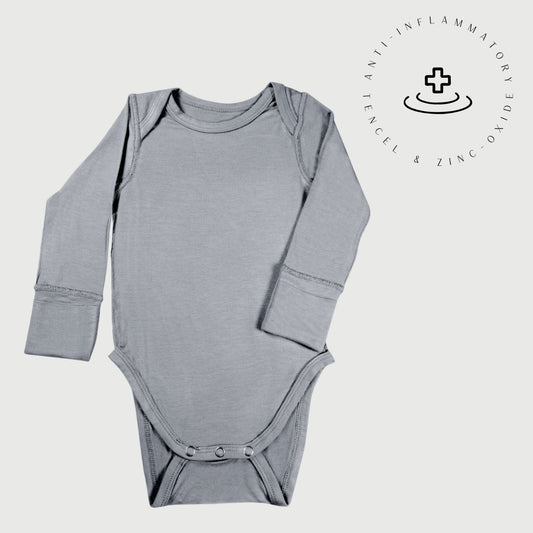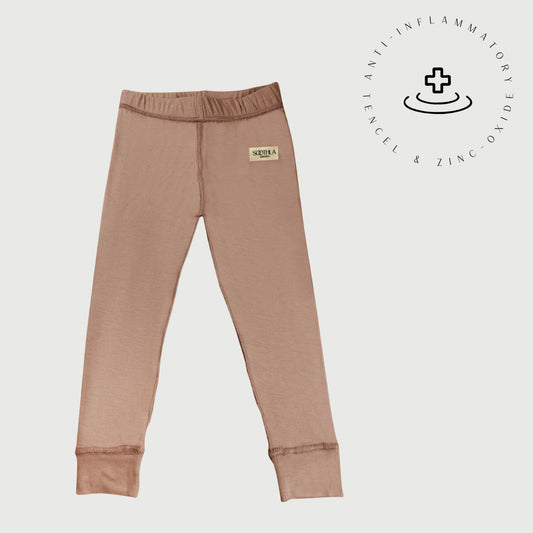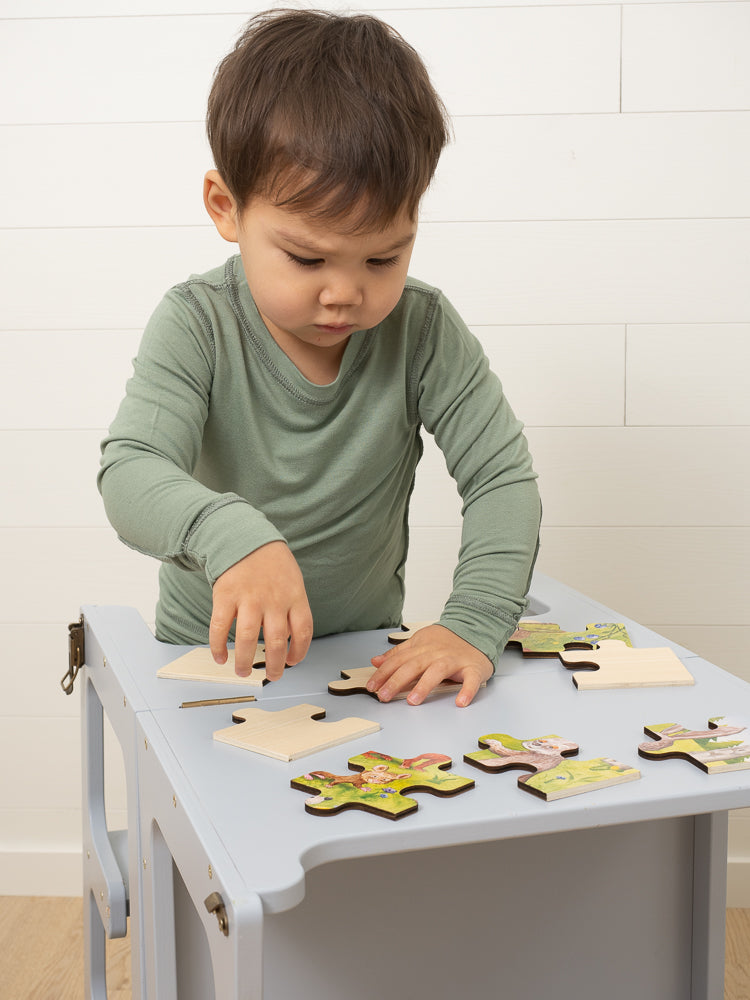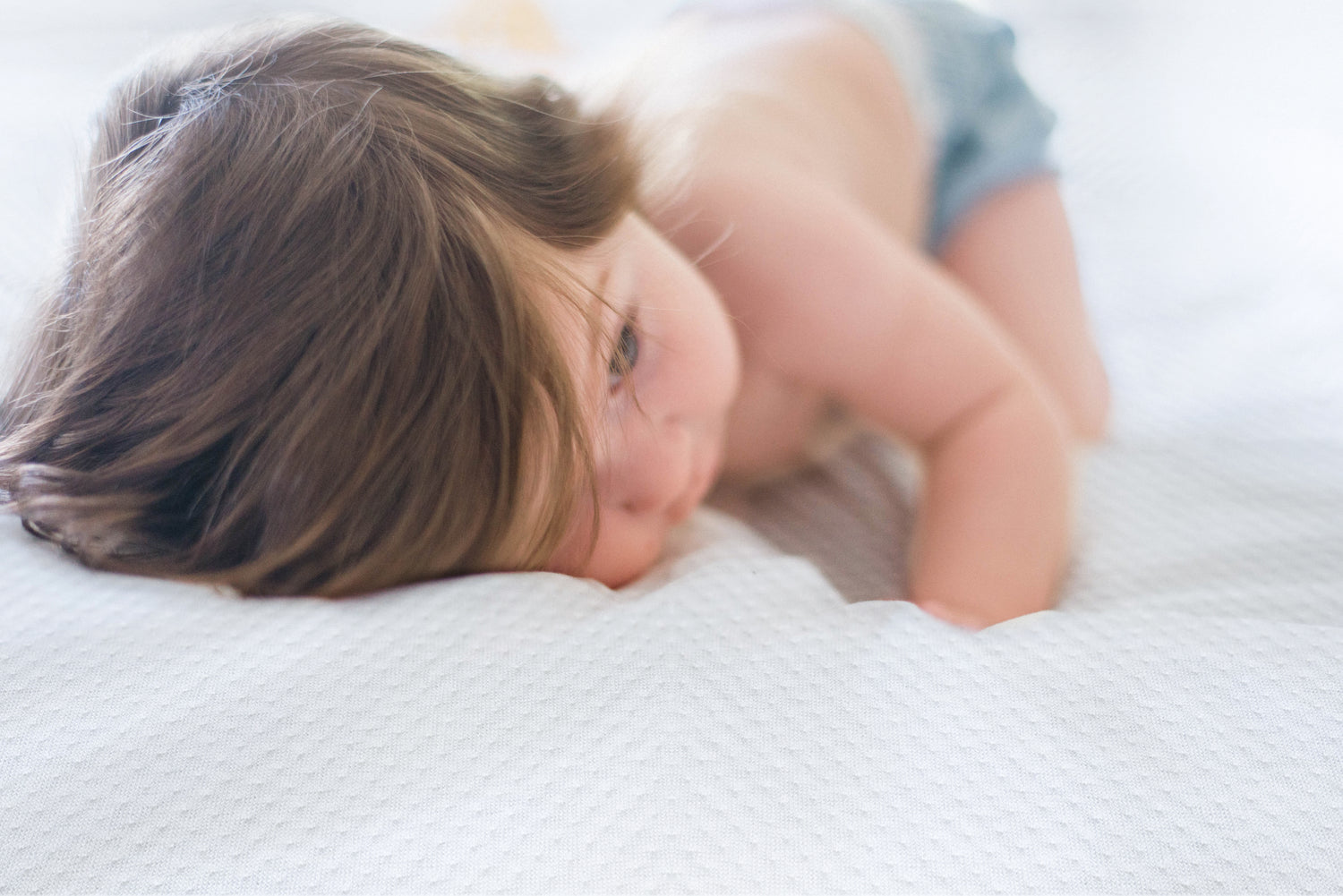This article was last updated on 10 November 2023
Atopic eczema can occur at any age but often begins before age 5. Atopic eczema is a chronic skin disease; however, many children grow out of it before their teenage years. Common symptoms are dry and itching skin that can develop into rashes. The condition has a hereditary element, and it is commonly combined with food- and skin allergies, or asthma.
Eczema can be challenging and painful for those who suffer from it. As a parent, it can also be hard to know how to help your child. If you notice that your child has eczema, it is wise to consult a doctor, preferably a dermatologist, for advice. Here we have collected some tips on what you can do to ease the pain for your child and prevent skin irritation.
Atopic Eczema in Babies
The first symptoms of eczema often occur during the child’s first years. Babies usually get rashes on their head, face, neck, and stomach, and also in the bends of their arms, and legs. They can try to scratch the areas affected by eczema if they experience itching which will worsen the irritation. It is advised to keep your baby’s nails short to make it harder for her to scratch. Soothla’s baby bodysuit has sewn-in mittens that can be folded over your baby’s hands to prevent them from scratching open their skin.

Atopic Eczema in Children
As children grow older the eczema can move to their arm folds, hollows of the knees, and the inside of the thighs and buttocks. It can also appear on their hands and feet. They might scratch the area if it is itching, which can create wounds and lead to infections. It is advised to prevent itching as much as possible by keeping their nails cut short and wearing gloves during the night.
Tips for children with eczema
It can be hard to control eczema. There are several things that you as a parent can do to prevent the symptoms from worsening:
- A common advice is not to shower or bath your child too often. Every child’s skin is different find out what the optimal bathing frequency is for your child.
- Moisturize the skin at least 2 times a day with a thick moisturizing cream. Always moisturize the skin before going to bed.
- Avoid scented products when shopping for soap and detergent and preferably use natural, hypoallergenic products.
- Prevent nighttime scratching and keep nails trimmed short
- Always wash new clothes and bedding before use.
- Use loosely fitted clothes made of materials that don’t irritate the skin. Or opt for our special eczema clothing that actively reduces the symptoms of eczema.
- Cut off inside clothing tags


